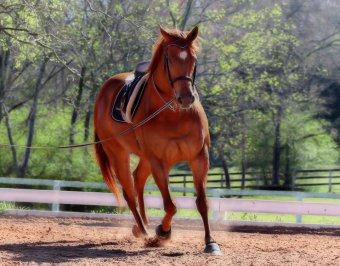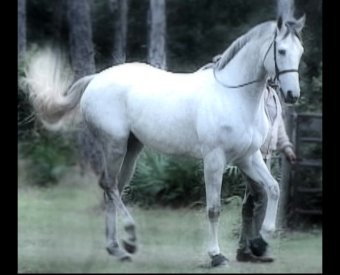The Time Of No TIme
The Time of no Time


“Historically, pandemics have forced humans to break with the past and imagine their world anew. This one is no different. It is a portal, a gateway between one world and the next. We can choose to walk through it, dragging the carcasses of our prejudice and hatred, our avarice, our data banks, and dead ideas, our dead rivers, and smoky skies behind us. Or we can walk through lightly, with little luggage, ready to imagine another world. And ready to fight for it.”
-- Arundhati Roy
Living on a farm. I walk back and for between the way the next world could be and the pathetic world reported by the news. I walk between Chazot and Charpege’s house, the hummingbirds and other birds that we feed, the spider which does not give up building her web on the frame of the tack room door, the tree that we grow, and my home, where the TV screen shows betrayal, corruption, hatred, brutality, racism, indecency and incommensurable stupidity. Instead of facing the pandemic and returning to a balanced state of mind that welsh people define as “a return to my tree.” Instead of taking care of nature and, therefore people, that the Mayan described as “The time of no time,” humans pull the carcass of their hatred, racism, and their innumerable bad ideas. Instead of realizing that clean air is possible, that veggies can grow in the garden, people argue on the right to enter a grocery store without a mask. They pack together to enjoy a firework, a blue virus, a red virus, a green virus and leave the event infected in multicolor.
I start my day visiting the horse, eating their breakfast. Oliver, who is a mini Schnauzer, is seated on the pillow, which is on the passenger seat of the John Deere gator. He is waiting for the highlight of his day, which is visiting the trees. We drive through the nursery, checking the moisture of the ground, the texture of the leaves. His behavior puzzles me; at each tree, he walks on my laps to have a better view, watches the roots, smell the leaves and let me know when he is satisfied with his examination returning to his pillow. I don’t know what he sees, or feel, or smell, but he is waiting for this morning routine and spends longer or shorter time with each tree. Then, a conspiracy theorist drives through the street with a loud exhaust on his pick-up truck, prompting my angry thought, “Shut off, moron; I am having a conversation with nature.”
Th en, I ride the horses, which is the highlight of my day. They both are excellent athletes but with different abilities, mental processing, and personality. The difference has nothing to do with their color; Chazot is white, Charpege is chestnut, which in human could be described as yellow, or light brown or red. The difference has nothing to do with their gender, Chazot is a he, Charpege is a she. They have athletic bodies with strong points but also muscle imbalance and imperfections that are addressed through their education. Each horse thinks his and her way. He and she use their athleticism, protect their imperfection, explore novelties in respect of their spirit, personality, and mental processing.
The conversation is not about deploring the defects or prejudice about their race. The conversation is about guiding their willingness toward a body coordination, maximizing their talent. They have the freedom to express their difficulties and use it as a question, ”I have difficulties in executing this move, can you figure why?” The feeling is a perception. The feeling is how I perceive the horse’s body state. Knowledge, which is in my mind, translates the perception into body function. Sound understanding of the horse body function and forces interaction provides a meaning to the feeling and suggest a course of action. Without a sound mental knowledge of the underlying biomechanics factors feeling leads to misinterpretations. The conversation is about listening to how the horse interprets and feels the suggestion. The horse’s response invites a different nuance, and the conversation goes on until the horse finds ease and effortlessness.
The dead-end of the correct aids does not allow such a conversation. Obedience alters the horse mental processing as dramatically than ego demeans the rider’s intelligence. Willingness, respect, decency, ethic, love, all the qualities that would allow the human species to explore another world, experience its greatness, and fight for it, are there, ready to be taught by the horse. We can approach the mounting block dropping the carcasses of our prejudices, hatred, ego, misconceptions, and meet the horse at his level of willingness, kindness, sophistication, and art. Or we can load him with our prejudices, vanity, and misconceptions and damage his gaits his physique and his mind as severely as we damage the planet that he is walking on.
Jean Luc Cornille


